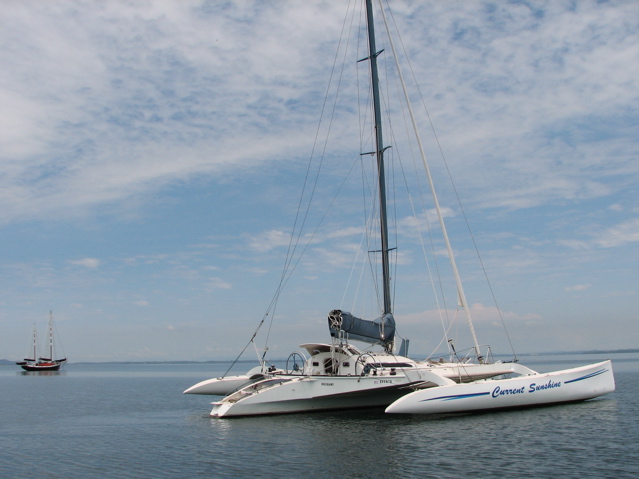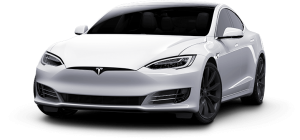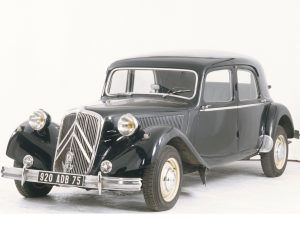I’m not sure how much you know about what I’ve been doing in the last nine years in relation to renewable energy projects, but I wanted to update you, and see if you’d like to join me in what I am doing.
We keep hearing that renewable energy like wind and solar power cannot replace “base load” coal power stations and I believed that there is a way to solve this and started thinking about this problem back in 2014.
The first serious steps were starting Sunshine Hydro back in 2016 with an idea of solving this problem using pumped hydro. Since that time, and with the others who have joined me, we have figured out a good solution to this problem.
In this time Sunshine Hydro has become a developer of projects that we call a Superhybrid which combines renewable energy of wind and solar, with deep energy storage in the form of Pumped Hydro, with the production of green hydrogen and clean fuels.
We have started developing projects in Australia in NSW and Queensland and several prospective projects in Victoria.
Our mission is to “keep the lights on” when the sun doesn’t shine and the wind does not blow. The projects fill in the gaps through stored energy. We now have real certainty that our projects will deliver reliable green power every hour, every day of the year – what the United Nations now calls 24/7 Carbon-free Energy (24/7 CFE).
We are looking to give the broader community the chance to become an investor in the company and to help us continue developing projects including the Djandori Gung-I (“Spirit in the Water”) green power station in the Gladstone region in central Queensland – the name given to the project by our First Nations partners from the area, the Gurang and Gooreng Gooreng people.
This project is a 600 MW Pumped Hydro project together with green hydrogen and green methanol production — and all the energy will come only from wind and solar farms.
In the context of the existential climate crisis the Djandori project when operational would replace the equivalent of the Callide B coal fired power station – which is a coal power station in the area of our project and it is planned to be closed before 2030.
We are raising additional working capital through a Crowded Source Funding (CSF) round with Birchal to grow our development team, accelerate the approval process for a first two projects and continue to develop our software which makes the Superhybrid projects possible.
If you are interested in supporting our projects, or know someone who could be interested in this crowd funding you can get more details by clicking on this Link below:
https://www.birchal.com/company/sunshinehydro
You can invest for as little as $250.
Happy to chat if you want to know more. Use the comments to start a conversation.
Cheers
Chris



